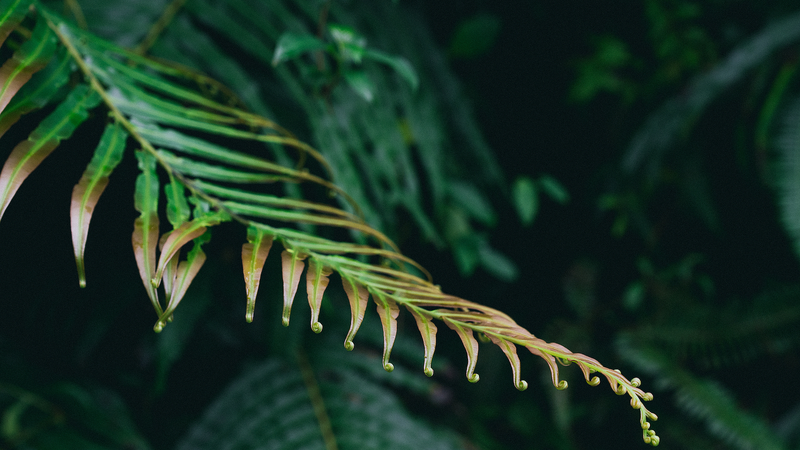In a breakthrough study published in Environmental Science & Technology, researchers from the Chinese mainland have discovered that a common fern species can accumulate rare earth elements and trigger 'self-assembled' mineral phases within its tissues. This natural biomineralization opens doors to more sustainable metal recovery and greener clean-energy supply chains.
Rare earth elementsa family of 17 metals including neodymium and terbiumare vital for wind turbines, electric vehicles, and the latest gadgets. Yet mining them often comes with steep environmental costs and geopolitical tensions. The new research suggests an eco-friendly twist: phytomining, where plants act as living metal sponges.
By employing advanced imaging tools, the team tracked how dissolved rare earth ions navigate through the plant's transport pathways, crystallizing into structured deposits in specialized cellular compartments. This 'self-assembly' process uses the plant's own biochemistry, potentially slashing the need for harsh chemicals and intensive energy inputs.
“We’re just beginning to understand how organisms can orchestrate metals at the micro-scale,” says one of the study’s authors. “Tapping into this process could revolutionize how we harvest and recycle critical materials.” Besides mining, the findings may also inform new strategies for remediating metal-contaminated soils and boosting crop resilience.
As young global citizens push for sustainable innovation, biomineralization-based approaches highlight nature's blueprint for solving high-tech challenges. Phytomining could soon transform fields into living factories, marrying biology and metallurgy to power the green transition.
Reference(s):
cgtn.com




